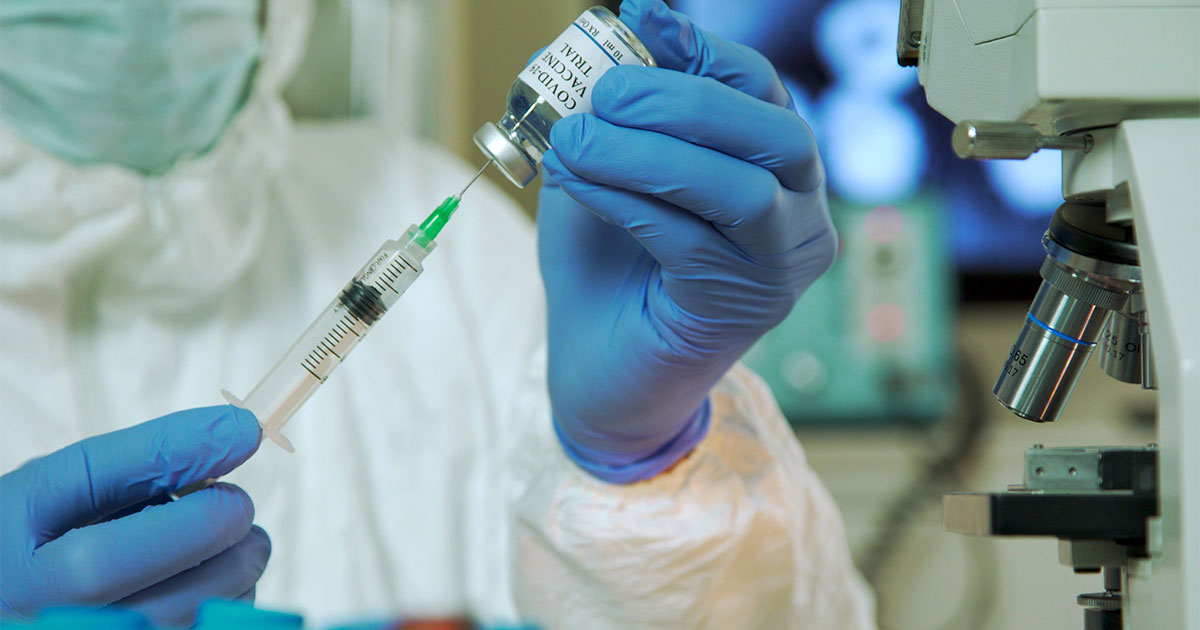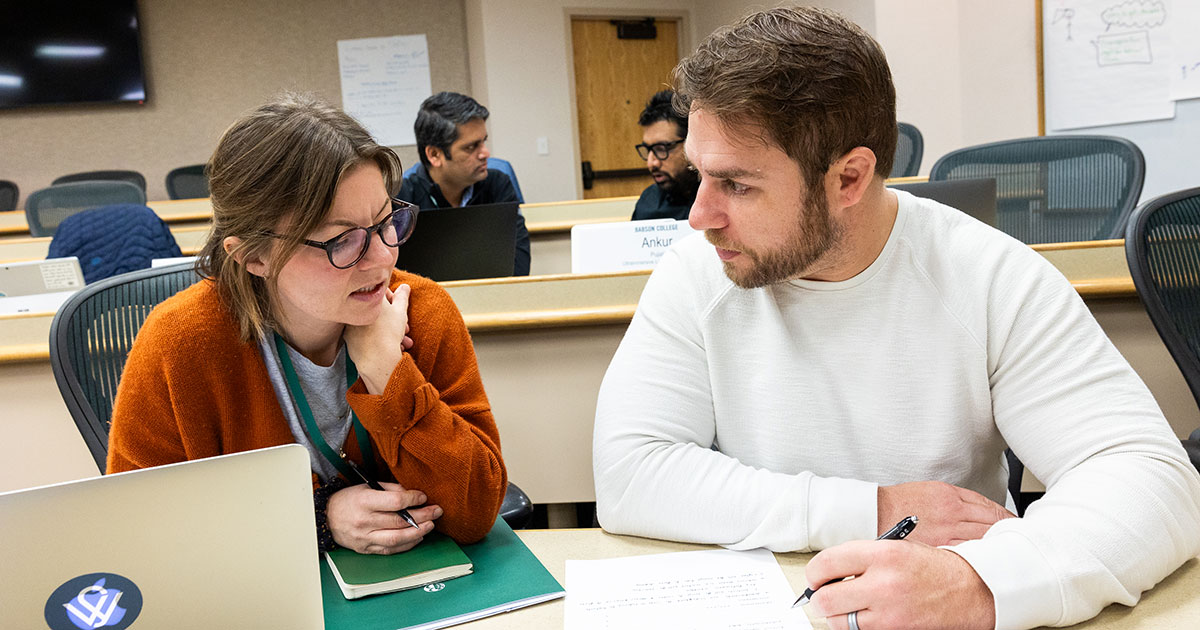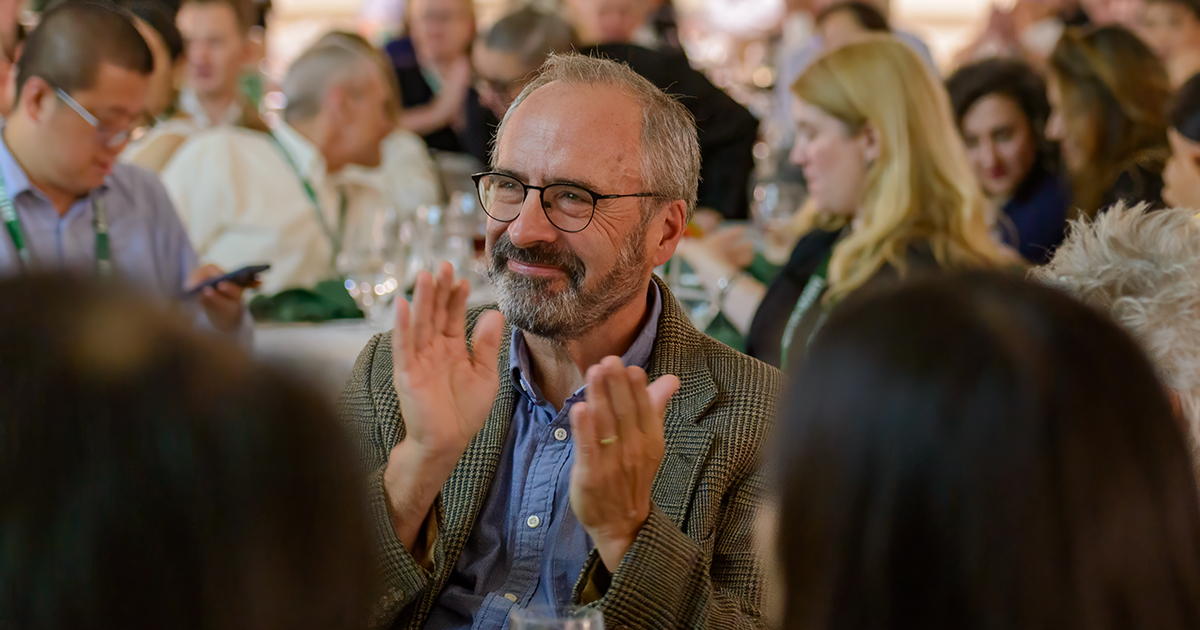A Monumental Achievement, But Only the First Step

This is the first article in a three-part series looking at the large-scale efforts in vaccine development, distribution, and education that will be needed ultimately to end the pandemic.
The stakes could not be higher.
With the U.S. Food and Drug Administration approving vaccines for COVID-19, infection rates remain high across the country, and the nationwide death toll from the coronavirus is fast approaching a staggering 300,000 people. It is not an exaggeration to say that the vaccines promise to be literal lifesavers.
The fact that the vaccines even exist, of course, seems astounding. The World Health Organization only declared the coronavirus outbreak a global health emergency in January, and now, not even a year later, there are multiple vaccines—ones that have proven to be highly effective in clinical trials—that are ready or nearly ready to go.
“It’s amazing. There is no other way to describe it,” says David Blodgett, assistant professor of biology at Babson. “As far I know, it’s unprecedented.”
Only the First Step
The development of the vaccines, though, is just the monumental first step in bringing a merciful end to the pandemic. Next, doses of the vaccines will need to be brought to the arms of people around the world, with a large majority of the population needing to take the vaccines in order to reach herd immunity.

Complicating matters is that the vaccines require two doses. “In theory, over 15 billion doses of the vaccines will need to be produced in the world, and over 600 million doses in the U.S., along with syringes, vials, etc., to actually administer the vaccines,” Blodgett says. Clinicians, scientists, health officials, and journalists also will need to do the hard work of educating the legions of people skeptical about taking the vaccine to put their uneasiness aside and roll up their sleeves.
At this pivotal moment in the pandemic, we take time to look at the development, distribution, and communications regarding the COVID-19 vaccines, and the role that entrepreneurial leadership plays in this incredibly important endeavor. The end of the pandemic may finally be in sight, but over the course of this three-part series, we’ll take a look at all the effort it will take to get there. “We’re probably within a year of what normal is,” Blodgett says, “but that is still a long time, and that’s if everything rolls out the way we expect it to.”
Science and Entrepreneurship
To understand how historically fast the COVID-19 vaccines were developed, consider that the previous record for the quickest vaccine to be created, the mumps vaccine, took four years to produce in the 1960s.
Such speed may be hard to believe, especially considering how little scientists understood about COVID-19 in the early days of the pandemic. Blodgett says that scientists often do a poor job explaining their work, which can leave non-scientists to feel ambivalent and even mistrustful of scientific progress and discoveries. “We talk all the time about how scientists communicate and the importance of communicating clearly and succinctly,” he says.
Keep in mind, Blodgett says, that science continues moving ever forward. Research may have setbacks, it may deal with ambiguity and conflicting results, but knowledge steadily increases.
“In theory, over 15 billion doses of the vaccines will need to be produced in the world, and over 600 million doses in the U.S., along with syringes, vials, etc., to actually administer the vaccines.”
David Blodgett, assistant professor of biology at Babson
One way to better understand the work of scientists is to think of them as entrepreneurs. “Entrepreneurial Thought & Action® is the equivalent to the scientific method,” Blodgett says. “They are basically the same thing.”
Researchers focus on problems to solve, just like entrepreneurs do with their ventures, and both deal with uncertainty as they fine-tune their solutions. “The scientific method is about finding a problem, researching it, doing experiments, evaluating the data, making improvements, and trying again,” Blodgett says. “The idea of entrepreneurship is how science works in many ways.”
Four to Five Months
Besides the concentrated efforts of researchers, another factor in the fast development of vaccines was the urgency surrounding COVID-19. People are getting sick and the economy is floundering, and those dire factors focused a lot of attention on vaccine creation. As part of Operation Warp Speed, the federal government provided more than $12 billion to pharmaceutical companies to speed up vaccine development and distribution. “The investment was important for creating a public-private partnership that helped with infrastructure,” Blodgett says. “That helped to bring vaccines to market more effectively.”
Vaccine trials also had a large number of volunteers, which allowed researchers to test the vaccines’ efficacy on a wide range of people. “They made efforts to find populations that were representative of the United States and the world,” Blodgett says.
For those concerned about safety, Blodgett points to statements by Dr. Anthony Fauci, director of the National Institute of Allergy and Infectious Diseases, who said that 90 to 95 percent of side effects resulting from vaccines typically appear within 45 days. That’s a short enough timeframe that would have been examined in the extensive trials.
The fact that effective vaccines soon will be making their way to millions of people is unequivocally good news, but Blodgett strikes a note of caution. “The vaccine won’t be available for large parts of the population for another four to five months,” he says. “For most people reading this, that will probably be some time in the spring.”
As the vaccines are rolled out to healthcare workers, first responders, and vulnerable populations first, people can’t let up on wearing masks and maintaining social distancing. “The probability that we will be returning to normal has increased,” Blodgett says, “but we can’t let our guard down.”
The Vaccine and Entrepreneurial Leadership Series
Part 1 — Development: A Monumental Achievement, But Only the First Step (above)
Part 2 — Distribution: Leadership, Logistics, and the Vaccine Rollout
Part 3 — Education: The Final Hurdle: Overcoming Vaccine Skepticism
Posted in Insights






